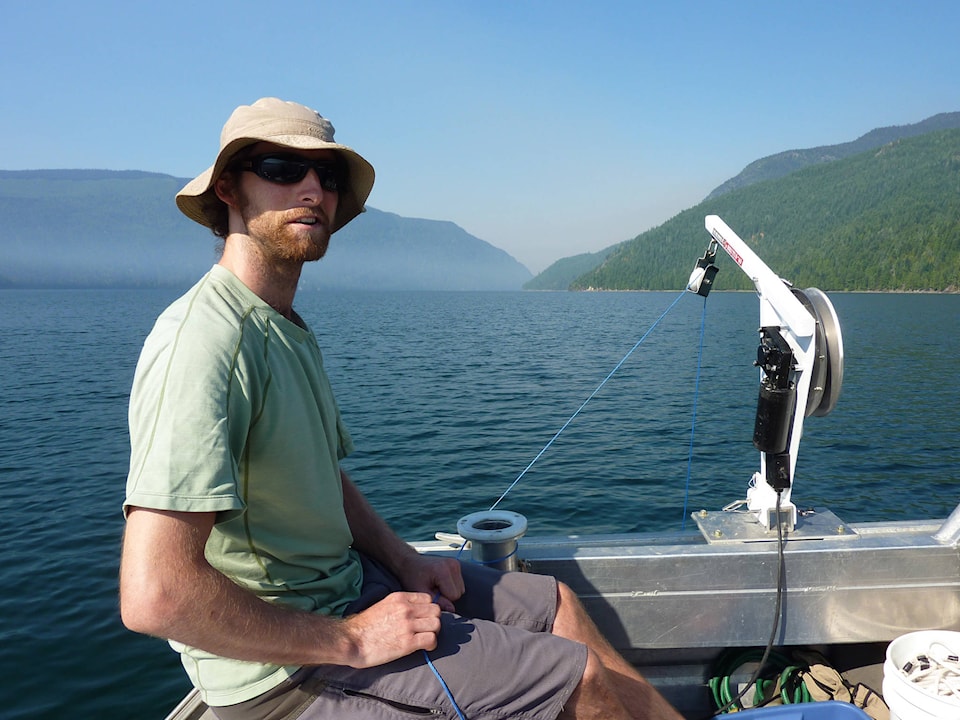The latest research into the impacts of the Mount Polley Mine disaster on Quesnel Lake will be shared at the Quesnel River Research Centre’s open house taking place Saturday, Sept. 30 from 10 a.m. to noon.
“There has still been a lot of activity continuing around ongoing investigations related to the spill,” said QRRC manager Michael Allchin. “There have been more than 30 core samples taken from different parts of the lake and there were something like 400 subsections of those cores, each of which had to be analyzed for sediment properties such as the metals for their microbiological details.”
Researchers will be reporting on the details of the core samples.
The work to take measurements of the quality of the water within the lake is also ongoing.
“They have been comparing how the lake is circulating internally and whether that is interacting with the sediment on the bottom of the lake and whether any patterns could be identified from that,” Allchin said. “They are also disentangling patterns related to the natural inputs from the larger water systems, mainly Niagra Creek and Horsefly River, and anything related to Hazeltine Creek.”
Since late April of this year, QRRC staff are on the lake taking measurements every other week.
“We take measurements of the water properties but we also take samples of the zoo plankton for analysis,” Allchin said.
Allchin said the focus on researching the lake continues to cover three topics.
The first is understanding how the lake circulates in relation to the summer when the surface heats up and the bottom stays relatively cooler and then in the winter when the top cools down more quickly and the bottom is relatively warmer.
“The whole body of the lake turns over, so that’s a big part of what people are looking at,” he explained, noting there is also wind action and flows from snow melts.
Secondly, the question is how those water circulations interact with sediments that are introduced naturally and from the tailings breach.
“The third part is looking at how any introduced chemicals, primarily metals, may have interacted with parts of the food web,” Allchin said. “A big problem this year was with the amount of smoke and ash from the fires that runs the risk of messing that picture up. There’s been a lot of thought about how that can be separated and excluded to try and trace what was happening already.”
During the open house there will be findings from research being done by the University of Northern British Columbia, University of British Columbia, University of Lethbridge and Fisheries and Oceans Canada.
